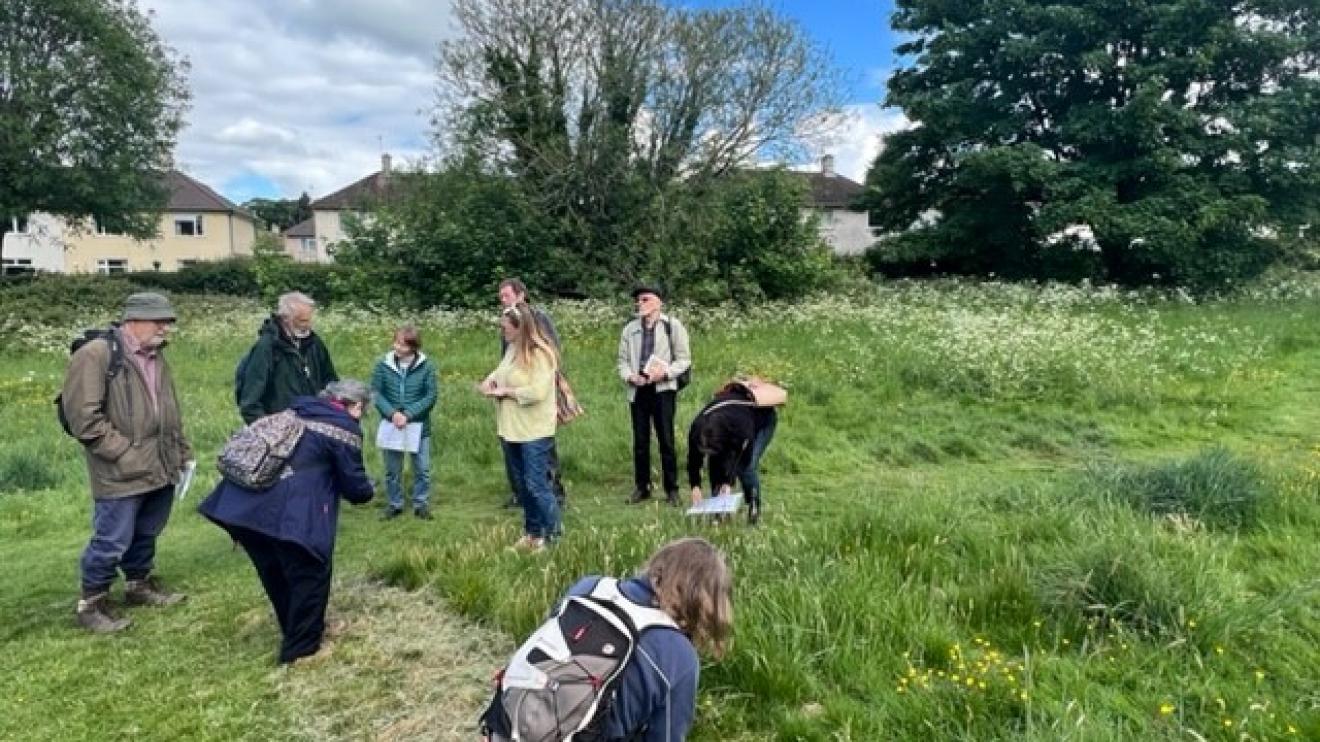
Around 87% of households in the UK have a garden. According to The Wildlife Trusts, these cover a larger area than all our nature reserves combined.
An increasing amount of garden space is being lost to hard surfacing, and some of the wildlife that typically visits is struggling. With more people working from home these days it is easier than ever to help our local struggling wildlife, all from the comfort of your own home. It doesn’t matter how big or small your garden is there are multiple ways that you can help nature on your doorstep.
1. Plants for wildlife
Herbaceous, biennial, and annual plants and bulbs look great and provide nectar, seeds, and cover for wildlife. They are also excellent at filling gaps between trees and shrubs. Include plants that flower late or early in the season to encourage bees and butterflies throughout spring, summer, and autumn.
2. Just add water
Create a mini-pond, ponds don’t have to be big to attract wildlife, ponds can be as simple as a washing up bowl or a sunken bucket to attract a wide range of pond invertebrates, including pond skaters. You can also create or purchase your own bird bath. Birds are looking for something wide, shallow, and safe. Somewhere to grab a quick drink and spruce up their feathers.
3. Love your logs and leaves
Create a habitat pile of dead wood and leaves which can provide a safe and often warm home to all sorts of wildlife. Piles of leaves are where you will often find hedgehogs hibernating. Frogs and toads may shelter in the moist shade of a log pile. You can also make your very own bug hotel to attract a wide range of insects.
4. Feed you garden wildlife
It is important to feed birds all year round to help supplement their natural diet when food is low, especially during the colder winter months. Offer a good seed mix with sunflower hearts, peanuts, mealworms and fatty nibbles or fat balls. If your garden is lucky enough to attract hedgehogs, you can help feed them too. Stick to either meat-based cat food (not fish) or a hedgehog food mix. Never milk! Water is their drink of choice.
5. Give nature a home at home
Create a habitat pile of dead wood and leaves which can provide a safe and often warm home to all sorts of wildlife. Piles of leaves are where you will often find hedgehogs hibernating. Frogs and toads may shelter in the moist shade of a log pile. You can also make your very own bug hotel to attract a wide range of insects.
6. Say no to chemicals
Try using natural solutions to pest control, or try growing a variety of plants, all mixed together, pests won’t have such a free for all. This is called polyculture and is part of the ethos of ‘companion planning’.
7. Create nature highways
Many of our garden creatures need to move about freely between gardens. You can help wildlife by creating safe corridors from your garden to the one next door. Add gaps at the base of your wooden fence where possible, or plant and enhance hedgerows, tree lines and shrubs to help wildlife safely move between sites, providing food and refuge.
8. Record what you see
With many more of us working from home it is easier than ever to submit wildlife records of what visits your garden, or nature you encounter when out and about. This is extremely important in helping us to monitor trends and protect our local wildlife. There are several free apps to help with wildlife Identification. Submit your local wildlife records.
9. Let the grass grow
Leave your mower in the shed. Long grass is one of the rarest garden habitats. By letting some or all your lawn grow you will make space for many plant and insect species, including butterflies and wildflowers. Mowing the lawn only once every four weeks gives ‘short-grass’ plants like daisies and white clover a chance to flower. You can take part in initiatives such as Plantlife’s ‘No Mow May’, or your parish can look to get more widely involved with our Urban Verge Wildlife Scheme.
10. Compost!
Composting kitchen and garden waste is a great, free way of improving the soil in your garden. Compost heaps can be designed to suit gardens of all sizes. You can build your own or choose from a whole range of specially designed bins online.